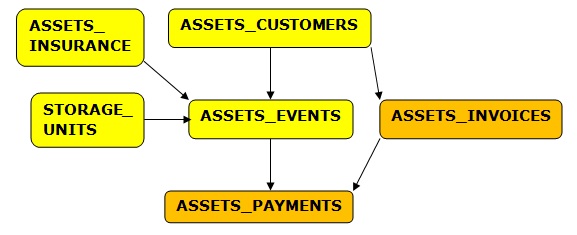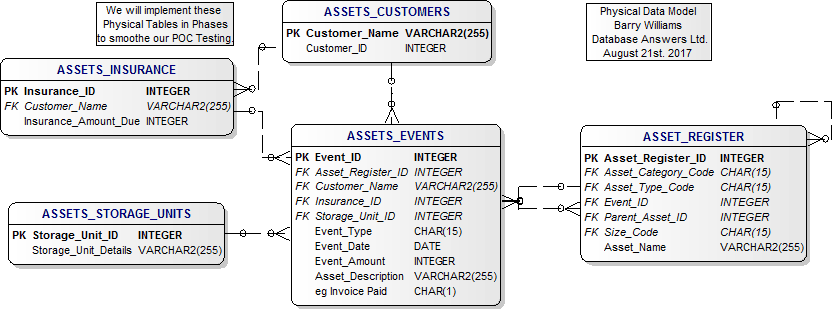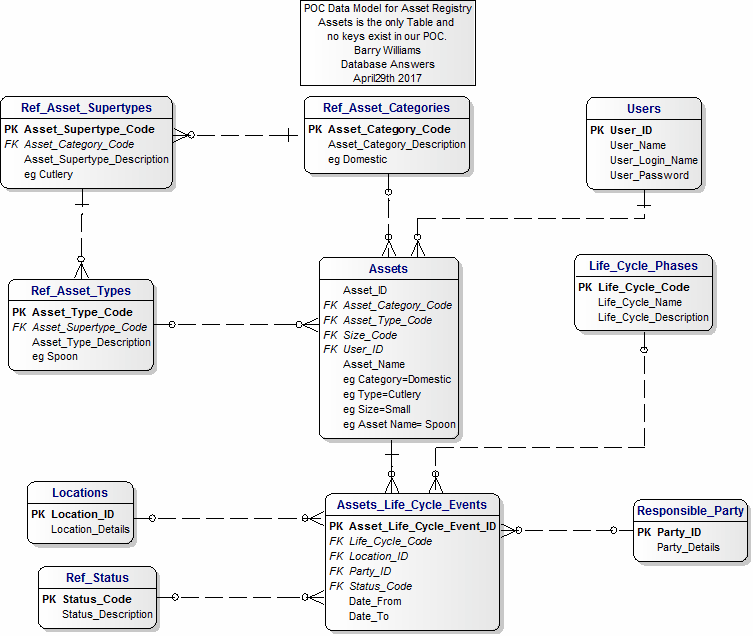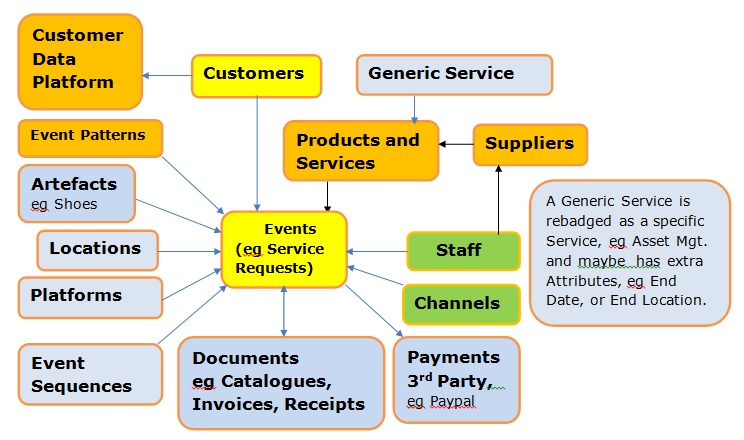Step 1a - Define POC Conceptual Data Model
Step 1b Define MVC Conceptual Data Model Step 2 - Here we show the MVC Component (Model) with the associated Web Service. Model - Add a new Asset (Create a Record) Model - Add Payment (Update a Record) Model - Move an ASset (Update a Record) Model - Pay a Bill (Update a Record) Model - Remove an Asset (Update a Record)
Step 1c - Define POC Logical Data Model Aug28th.



